Content
- 1 Bad foundation
- 2 Inappropriate glue
- 3 Technology violation
- 4 Drying process
- 5 Too wet or dry walls
- 6 Coating deformation
Renovation of repairs is not an easy task, the owners invest a lot of money and time to make the apartment better. And now all the work is finished, and the wallpaper has already begun to peel off from the edges or diverge at the seams. Why is this happening?

Bad foundation
Before wallpapering, the walls should be freed from the previous coating, leveled with a layer of plaster, without obvious defects and flaws. Also, any traces of whitewashing or oil paint are removed from the walls. The corners in the room should be perfectly aligned, and the final coating in front of the wallpaper should consist of a primer.

Inappropriate glue
The type of wallpaper should correspond to a certain type of glue. For heavy vinyl canvases, the Cleo or Kelid brands are used, and paper can be fixed using conventional PVA or CMC. There are universal adhesive bases. It is also necessary to properly spread the glue, according to the instructions, since if the proportions are violated, you can get a completely different composition.

Technology violation
Even improper wallpapering can cause unpleasant consequences. First you need to process the surface of the canvas, after adding a little glue to the wall, wait for drying and fix the strip. The composition should be taken exactly as much as is necessary for the impregnation of wallpaper. The strips on the wall are applied evenly, ironed by hands and bubbles are expelled.

Drying process
Due to improper drying, the wallpaper may fall off. There should be no drafts, direct sunlight, low temperature and high humidity in the glued room. Thus, the room stands for a day until completely dry.
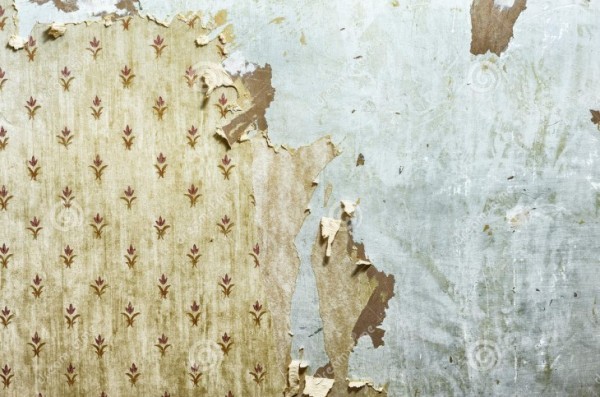
Too wet or dry walls
Wallpaper leaves when the walls are too wet or dry. In the first case, due to increased humidity, the wall cannot absorb moisture from wallpaper glue, therefore, a durable connection is not obtained. To avoid this, it is necessary to do a test: a piece of cellophane is attached to the wall, if condensation forms under it during the night, then the room requires additional drying and ventilation.

Walls that are too dry can be found with insufficient treatment from previous coatings. This can be checked with a piece of electrical tape, which sticks and jerks sharply, if microparticles of dust or dirt remain on it, then the surface needs additional grinding.
Coating deformation
Bubbles, creases, bloating and skewing are all coating deformations. They occur when the wallpaper is pasted incorrectly, with a lot of glue or in a too wet room. When the canvas is skewed, the seams will begin to separate, and with bubbles, the wallpaper will lag behind the wall. To avoid this, it is necessary to work on construction plumb lines, as well as iron the canvas with a dry roller.



-
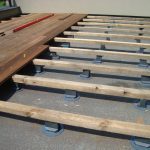 When an adjustable floor is more profitable than a capital screed
When an adjustable floor is more profitable than a capital screed
-
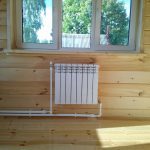 What mistakes are made when the radiator is connected diagonally?
What mistakes are made when the radiator is connected diagonally?
-
 What are the consequences of building a site without permission?
What are the consequences of building a site without permission?
-
 What errors lead to water hammer in the heating system and how to avoid them
What errors lead to water hammer in the heating system and how to avoid them
-
 Why does the grinder work, but the disk does not spin
Why does the grinder work, but the disk does not spin
-
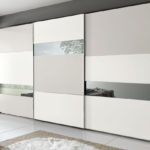 What could cause the cabinet door to bend
What could cause the cabinet door to bend
-
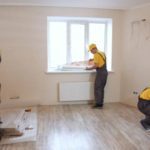 5 reasons to change the wizard without waiting for the repair to finish
5 reasons to change the wizard without waiting for the repair to finish
-
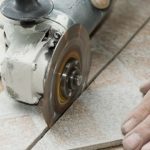 How to cut tiles without dust
How to cut tiles without dust
-
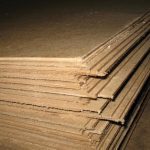 How to cut a fiberboard with a flat edge with a regular grinder
How to cut a fiberboard with a flat edge with a regular grinder
-
 Why you should not put aluminum radiators on central heating
Why you should not put aluminum radiators on central heating
-
 Why you can not allow for flaws in the installation of roof nodes from corrugated board
Why you can not allow for flaws in the installation of roof nodes from corrugated board
-
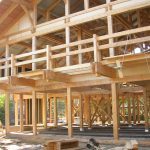 What boards can not be used for half-timbered
What boards can not be used for half-timbered
New publications are published daily on our channel in Yandex. Zen
Go to Yandex. Zen


